Blogs

Evolution of Automotive Design
Yungming Wong | 21 Nov, 2024
From the golden years in the 1930s to high-tech gadgetry in the 2000s, automotive design has had a journey through time. What defined each era in its history was basically a reflection of how society needed and wanted things. Cars were, after all, not just transportation but symbols of status, engineering, and innovation. Let's look closer at how car design has evolved over the decades, with a few key models defining each period.
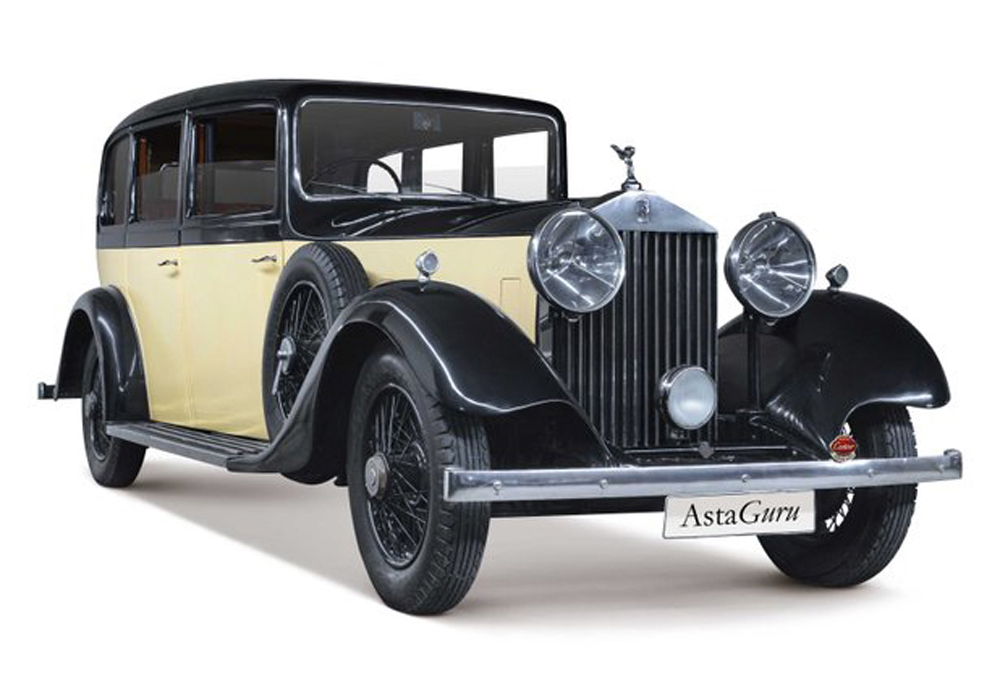
1930s: Elegance Meets Innovation
Luxury and style dominated auto design in the 1930s. It was an era typified by enormous, boastful automobiles that placed a high value on handcraftsmanship and luxury. Such cars constructed during that era were almost like the 1934 Rolls-Royce 20/25 Limousine-to be looked at rather than to be driven. Their long bodies, such lines and fine materials were to experience an event rather than having a ride, as with less showy cars. These are indications of wealth as the hand-crafted interior and sleek, aerodynamic exteriors were all about individualism.
The 1930s were perhaps the time when luxury car markets in America were still on the growth track, but mass-market manufacturers like Ford and Chevrolet were starting to get a foothold. This was also perhaps the beginning of the contemporary "streamlined" design where engineers soon would test aerodynamics for better performance and efficiency; yet, the centre was still undoubtedly set on luxury and style.
1940s: Post-War Prosperity and the Convertible End
The war era came to an end with World War II in the 1940s, and production again began focusing on more civilian models. Optimism ruling the roost, auto manufacturers did not need much time to translate this mood into design. Cars of the 1940s, big bodies, chrome detailing, and deluxe features were all made to deliver comfort and style.
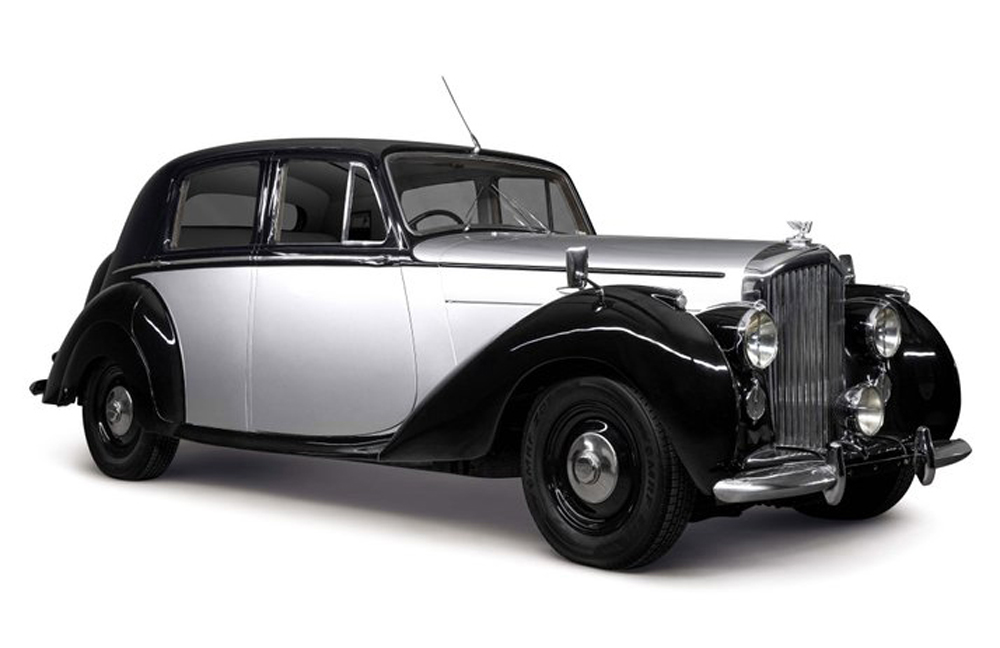
The 1946 Bentley Mark VI, for example, was just the perfect model of postwar automotive design. Bold, robust grille and sweeping lines captured the mood of times-being something grand after hardships of war. And that is not only why the 1947 Lincoln Continental V12 Convertible became an icon of American automotive design but also because of its long and sleek body with an open top-a symbol of freedom and prosperity in a new era.
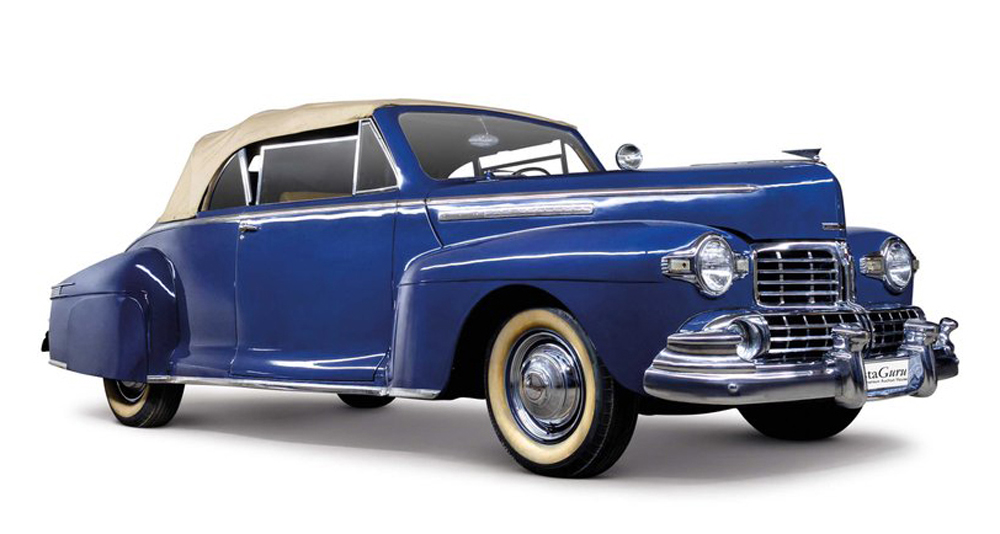
By this time, convertibles had gained acceptance as American consumer favourites-they carried with them a badge of adventure and style. The 1940's also brought more performance capabilities to the general public as major manufacturers came out and threw their weight behind even larger displacement engines and even advanced suspension systems.
1950s & 1960s: Emergence of the Sports Car
It was the 1950s and 1960s that witnessed design in automobiles unfold at a great pace. After all, the wartime years of austerity had now revived the desire for speed, style, and performance. The bodies grew low and wide with strong lines which even standing still portrayed a picture of roaring speed.
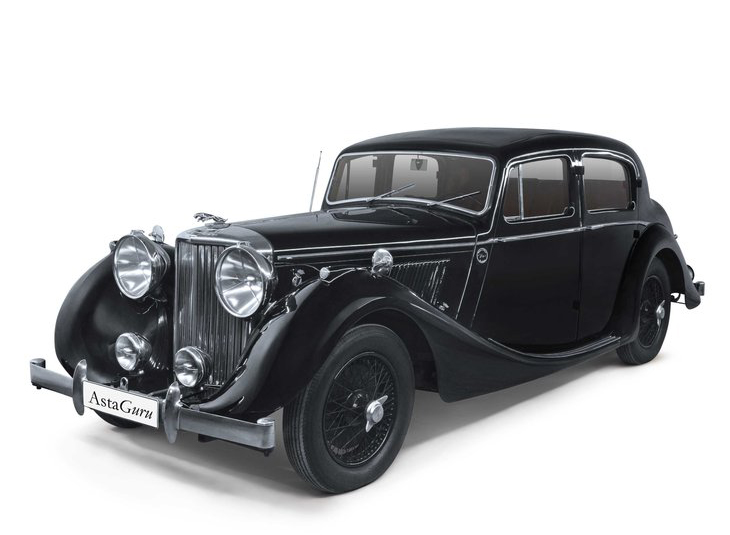
The 1948 Jaguar Mark IV is a scintillating example of British craftsmanship. It was elegant and fully redesigned, reflecting a harbinger for the rise of the luxury sports car. Of course, there was growing demand for more compact and agile vehicles, such consumers began to favour the kind that delivered performance and style on the road. 1960 Sunbeam Alpine Series II took on the new direction of sportiness. Agile and mini, it would be appealing to that generation seeking fun and laughter on the road.
Meanwhile, back in the U.S., the 'muscle car movement' started to gain momentum. Maybe the most famous example was Ford's Mustang that came out in 1964. Big engines, bold designs, and promises of raw power defined the American car culture of the 1960s. A car not only became a means of transport but also epitomised freedom and individualism.
1970s & 1980s: Technology and Efficiency
As the 1970s rolled around, though, practicality began to step into the spotlight of automobile design. The oil embargo of the early 1970s and growing environmental awareness created a call for more efficient automobiles regarding fuel mileage. Car manufacturers began focusing on smaller, more efficient motors, plus reduced weight. The svelte, muscular cars that ruled during the 1960s were exchanged for less glamorous, aerodynamic designs.
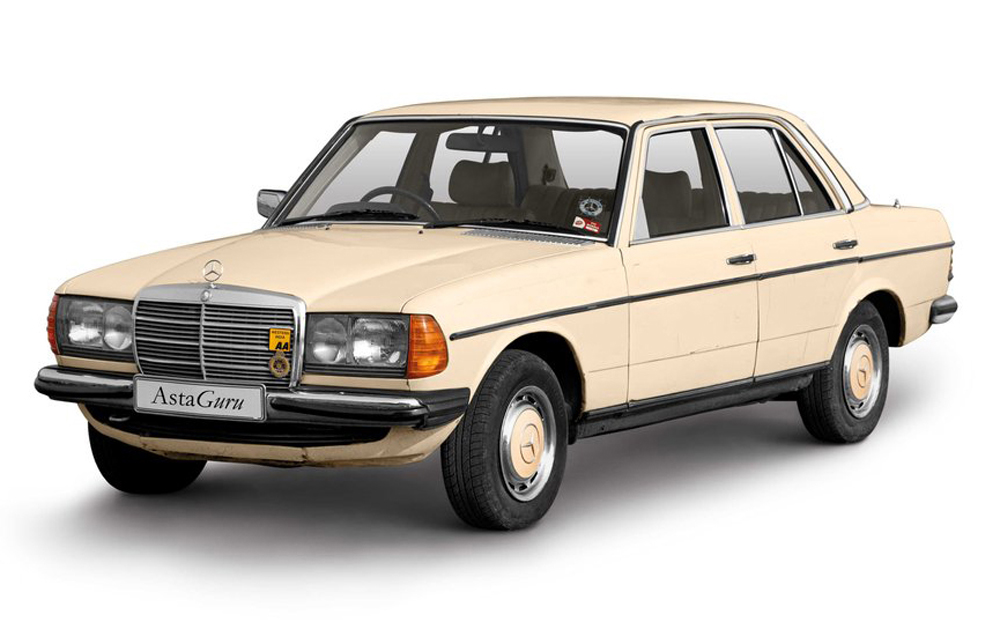
The change came in 1984, with the Mercedes-Benz W123. Even though it's built to last and is reliable, the W123 was a more conservative design than the flashy cars of the other decades. The boxy shape represented a step toward the practicality that came to dominate. One more feature of this model was an example of the integration of safety features into the automobile. Innovations like anti-lock brakes (ABS) and airbags were becoming common in vehicles during this time.
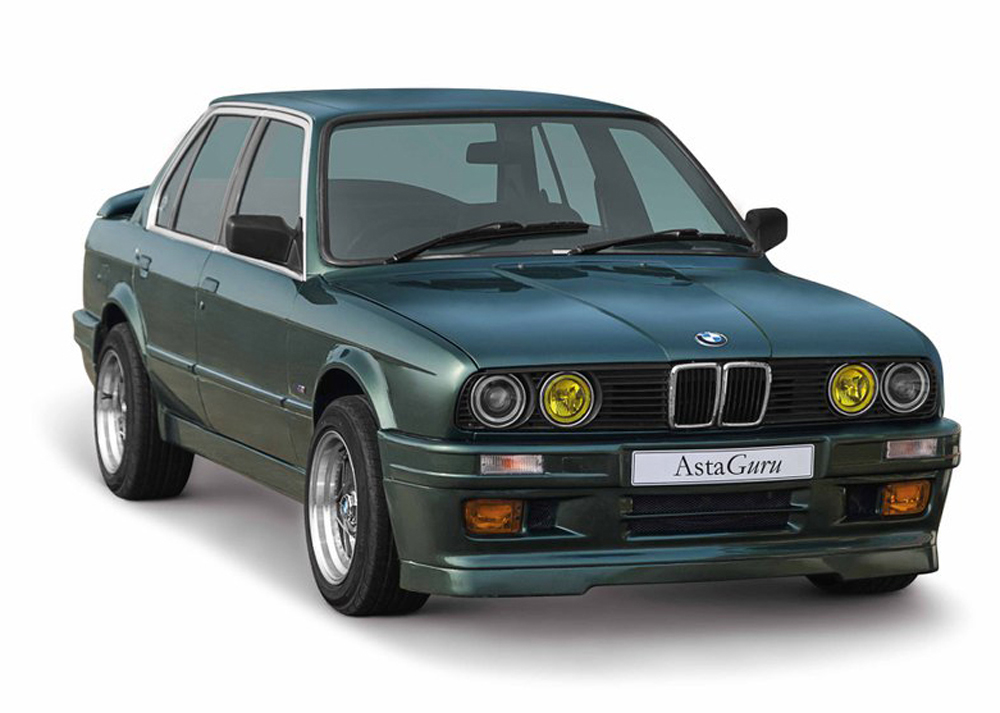
In the 1980s, there was also growth in demand for luxury vehicles with modern technology. One of the most visible symbols is the BMW E30 launched in 1982. The car combined elegant design with sophisticated engineering. This was meant for real-world driving but provided consumers with a blend of performance, comfort, and sophistication to be one of the key examples of 1980s automotive style.
1990s & 2000s: Performance, Technology, and Safety
Cars during the 1990s to the 2000s really converged with concerns with respect to performance, technology, and safety. Cars became smart, safer, and more efficient. The advanced technologies enabled in manufacturing such as CAD allowed them to fine-tune the performance and safety features of their vehicles.
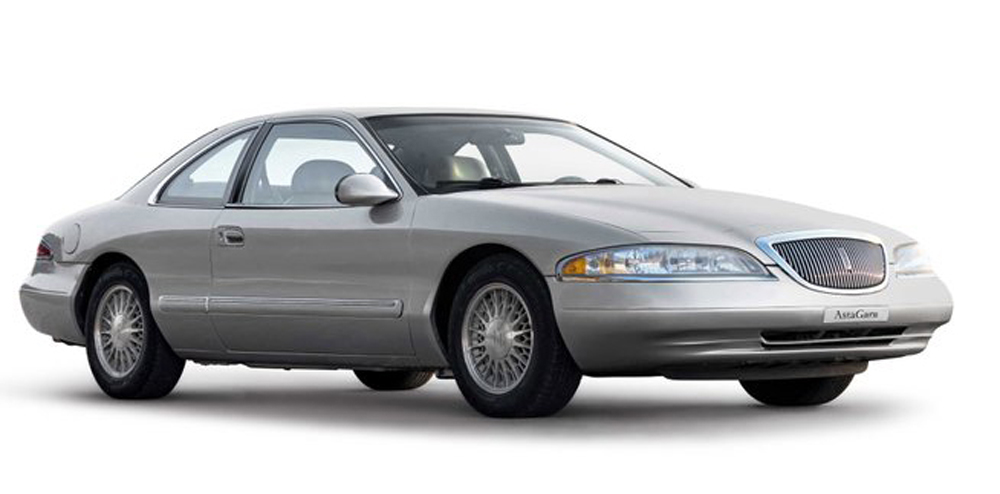
For instance, the 1997 Lincoln Mark VIII exemplified only a few of the technological advancements that this generation represented. The luxury, electronics, and innovative features in the vehicle combined to make the Lincoln automobile smooth to ride and safe to drive. The Mark VIII bore a magnificent look, perfectly combining sleek designs and advanced engineering while still reflecting considerable advancement in auto design.
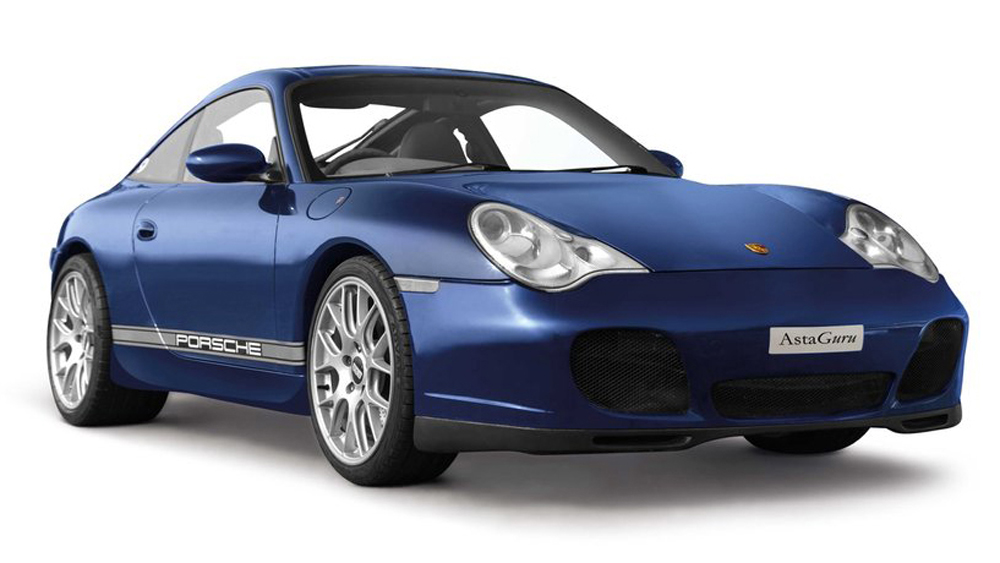
Performance cars of better fuel efficiency were also coming out during the 2000s. The 2003 Porsche 911 Carrera "40 Jahre 911" was celebrating the iconic Porsche 911, but with new technologies and more refined designs. Still, it provided the optimum speed and performance it had gained recognition for, but now as it modernised with better fuel efficiency, improved handling, and advanced electronics.
Conclusion
Car design has never been about point A to point B. Cars have reflected every changing aspect of society, economy, and technology over the years-from ornate, hand-crafted designs of the 1930s to high-tech performance cars in the 2000s, every decade in automotive history holds its quintessential character. Be it the sleek lines of the Rolls-Royce 20/25 Limousine, energetic agility like the Sunbeam Alpine, every model is a thing of its time, designed not to meet the requirements of drivers but evoke the spirits of an era.
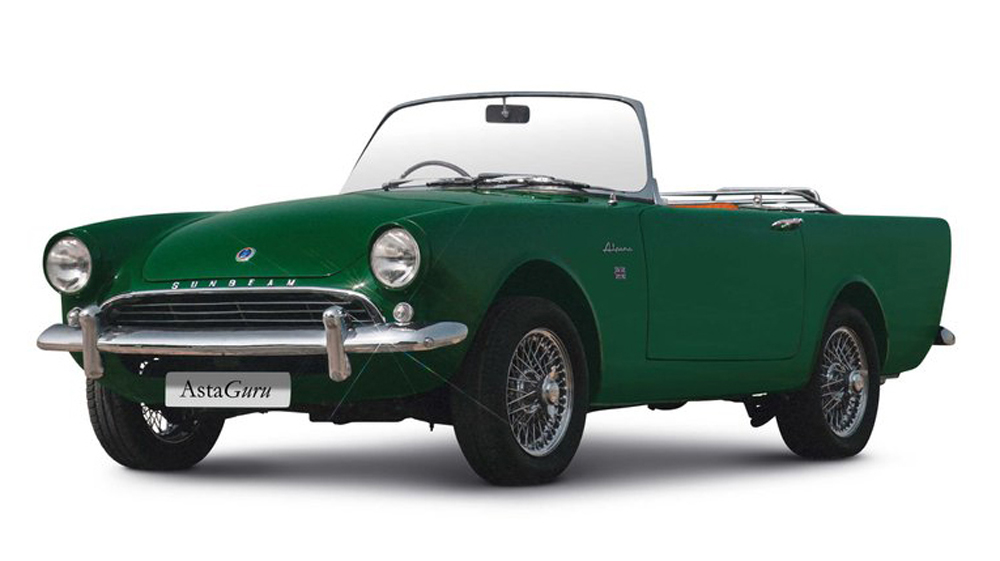
As we continue to make progress, new technologies and changed consumer demands define the future of automotive design, but one thing is sure: automotive design will always be a story of innovation and culture, with an ever-present appetite for both speed and beauty on the road.
Your Guide To Vintage & Classic Cars
26 May, 2020
The Art Of Collecting: Why Vintage Cars Are Timeless
15 Nov, 2024
The Advantages Of Online Vintage Car Auctions : A New Era For Classic Car Enthusiasts
12 Nov, 2024
Understanding Car Auction's Terminology : A Beginner's Guide
18 Nov, 2024
KNOW MORE
Buy
Sell
Request an Estimate
FAQs
Seller Terms
SERVICES
Client Advisory
Restoration
Collection Services
Museum Services
Post Sale Services
Private Sales
Storage
DOWNLOAD THE APP


Copyright 2025 AstaGuru. All Rights Reserved